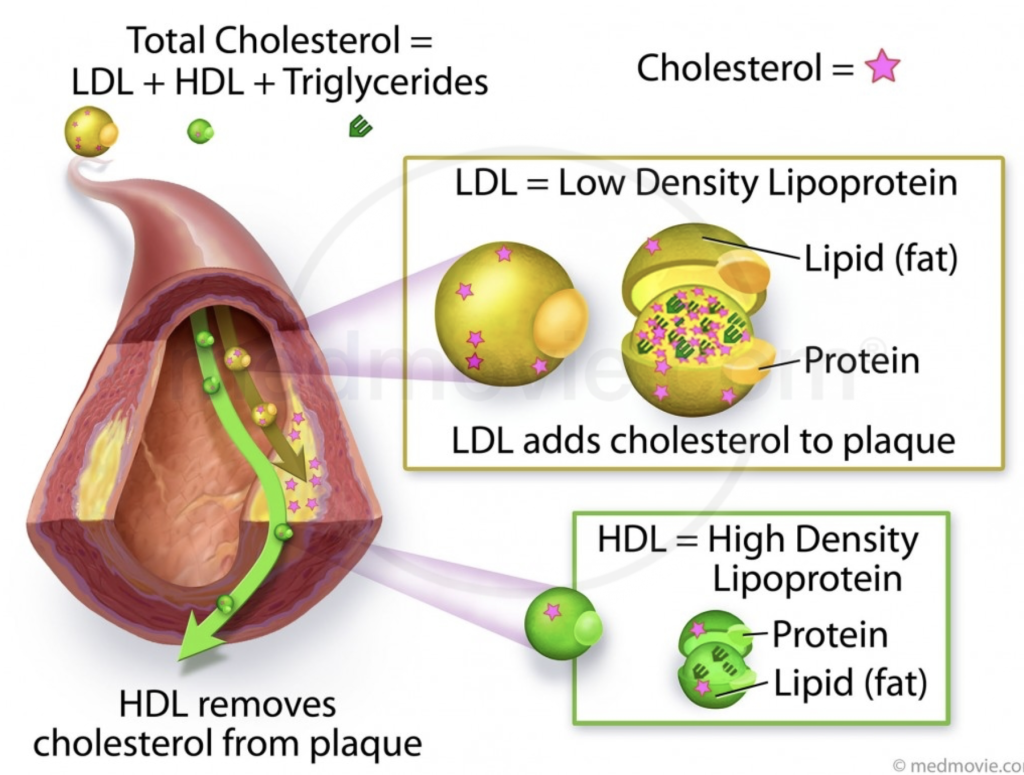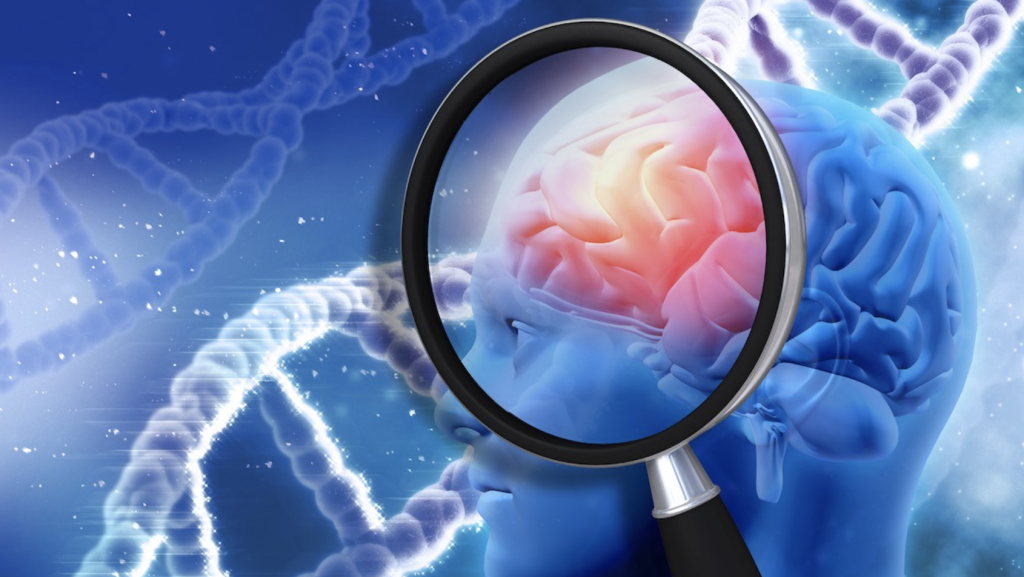Blog 20. Understanding Rheumatic Disorders and Complementary Treatment with Bioresonance Therapy
Rheumatic Disorders: A Comprehensive Overview
Rheumatic disorders encompass various ailments impacting joints and surrounding connective tissues. Everyday Health identifies over 100 distinct types of these conditions, including multiple forms of arthritis like Rheumatoid Arthritis, making it a complex family of disorders. Approximately 456,000 Australians (1.9%) have rheumatoid arthritis, with a higher prevalence among females (2.3%) compared to males (1.5%). These disorders significantly affect individuals’ daily lives, emphasizing the need for effective diagnosis and treatment.
Diversity of Rheumatic Disorders
Within the spectrum of Rheumatic disorders, conditions such as Rheumatoid Arthritis, Gout, Systemic Sclerosis, Polymyalgia Rheumatica, Giant Cell Arteritis, Fibromyalgia, Carpal Tunnel Syndrome, Spondylarthritides, Juvenile Arthritis, and Systemic lupus erythematosus are prevalent. Each condition presents unique symptoms and challenges, necessitating tailored approaches to diagnosis and treatment.
Diagnosing Rheumatic Disorders and Seeking Treatment
Diagnosing specific Rheumatic disorders is paramount to formulating an effective treatment plan. These disorders manifest through joint and muscle pain, swelling, inflammation, stiffness, and warmth in affected areas. Rheumatologists, specialized doctors well-versed in Rheumatic diseases, play a critical role in guiding patients through their diagnosis and subsequent management of the condition. Collaborative efforts between patients and rheumatologists are crucial to creating personalized treatment plans involving lifestyle modifications, medication, and complementary therapies.
Effective Treatment Approaches
The multifaceted nature of Rheumatic disorders calls for a multifaceted treatment approach. Lifestyle modifications, including dietary improvements, adequate rest, and stress management, contribute significantly to managing these conditions. Medications tailored to each disorder are also pivotal, offering pain relief and reducing inflammation. Medications protect joints and tissue in cases where a cure is elusive, slowing the disease’s progression. Bioresonance therapy has gained acceptance as an effective adjunctive treatment, demonstrating its potential to enhance overall treatment effectiveness and alleviate symptoms associated with Rheumatic disorders.
Bioresonance therapy, a recognized complementary treatment option, exhibits promise in synergizing with conventional approaches to enhance treatment efficacy for Rheumatic disorders. Studies affirm the therapeutic potential of Bioresonance therapy, highlighting its ability to relieve symptoms and augment the impact of existing treatments. Integrating Bioresonance therapy into the overall treatment plan can improve outcomes and enhance the quality of life for individuals grappling with Rheumatic disorders.
Remember to subscribe to the channel! t.me/pnlclinic










